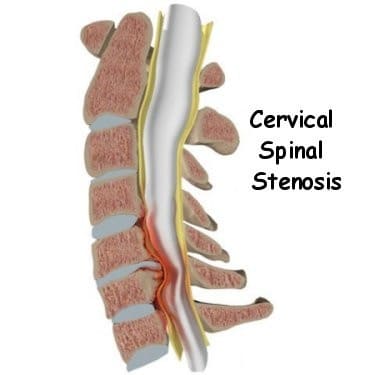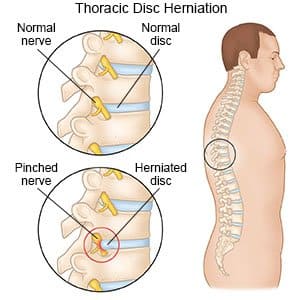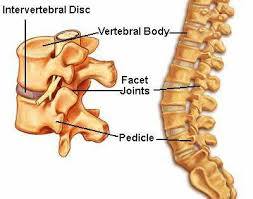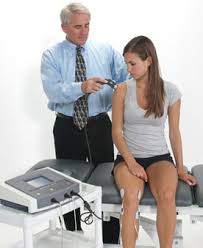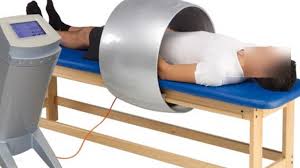Cervical Stenosis: Physiotherapy Treatment
Cervical stenosis Definition Cervical stenosis is a narrowing of the cervical spinal canal. This narrowing of the spinal canal may result in compression of the spinal cord and/or the nerve roots and affect the function of the spinal cord or the nerve, which may cause symptoms associated with cervical radiculopathy or cervical myelopathy. Spinal stenosis…

